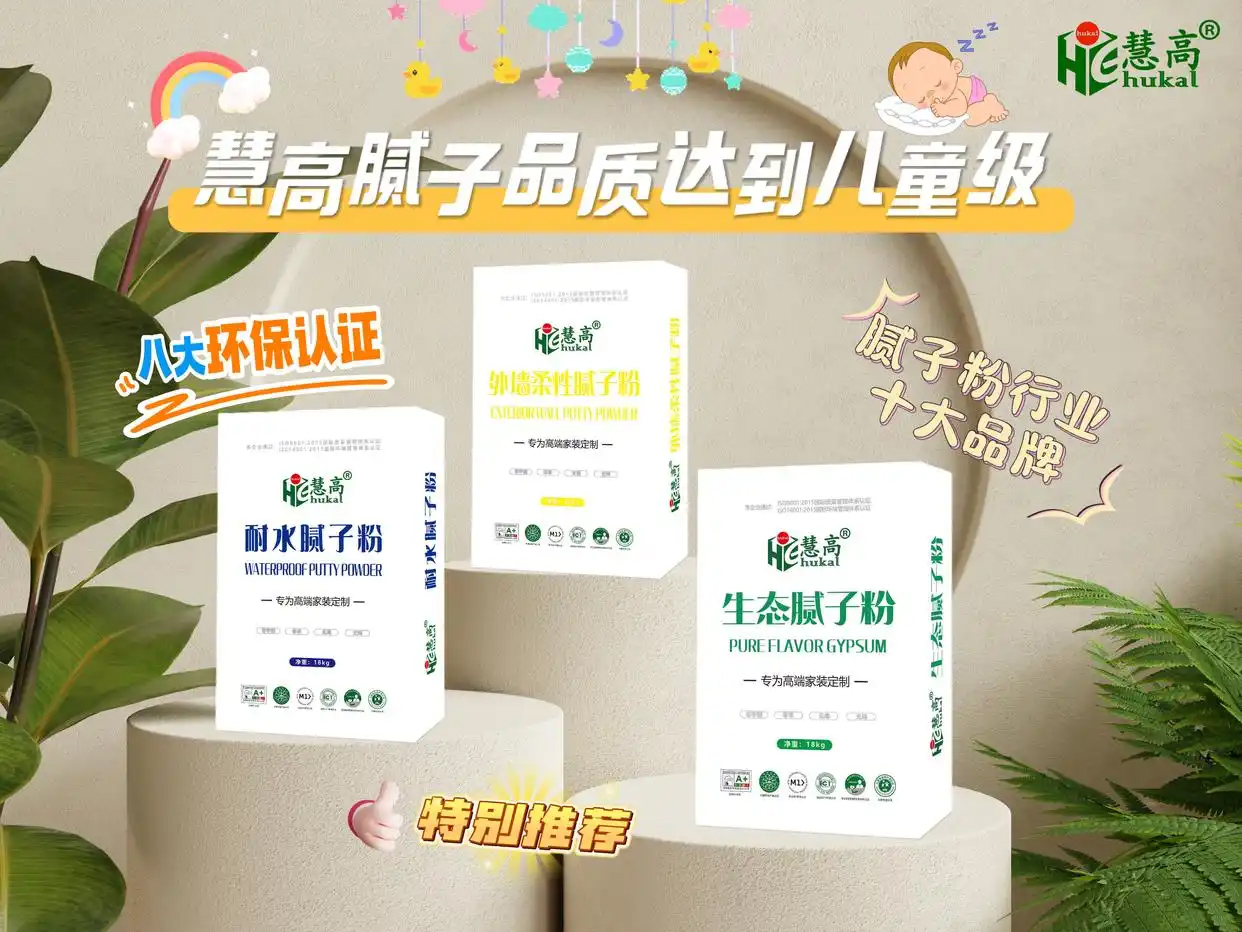
 Data:2024-12-07 15:29:41 Visits:90
Data:2024-12-07 15:29:41 Visits:90 Weather resistance
Exterior wall putty powder: it needs to have good weather resistance, because the exterior wall is exposed to the natural environment for a long time, and will withstand the test of climate change such as wind, sun, rain, freezing and thawing. For example, it can withstand direct sunlight at high temperature in summer without softening and falling off; In cold winter, it can resist low temperature and freeze-thaw cycle, and will not produce cracks due to ice expansion.
Interior wall putty powder: mainly used in indoor environment, with relatively low requirements for weather resistance. The change of indoor temperature and humidity is relatively small, so the interior wall putty powder does not need to have the ability to resist extreme weather conditions like the exterior wall putty powder.
Water resistance
Exterior wall putty powder: must have excellent water resistance. As the exterior wall will be washed by rain, if the water resistance is poor, the putty layer will absorb a large amount of water, resulting in looseness, pulverization and even spalling of the putty layer. This not only affects the beauty of the wall, but also poses a potential threat to the structural safety of the wall.
Interior wall putty powder: the requirement for water resistance is slightly lower. Although there may be a small amount of water vapor indoors, such as kitchen, bathroom and other wet areas, generally speaking, the water volume and frequency of its contact are far lower than that of the external wall, so the water resistance performance index is not as high as that of the external wall putty powder.

HuiGao external wall flexible putty powder
Interior wall putty powder: because it is used in indoor closed space, people stay indoors for a long time, so they have high requirements for environmental protection performance. It is necessary to comply with the relevant national limit standards for harmful substances in interior decoration materials, such as strict restrictions on the release of harmful substances such as formaldehyde and benzene, in order to protect the health of residents.
Exterior wall putty powder: as it is mainly used outdoors, its environmental protection performance requirements mainly focus on the impact on the outdoor environment. Relatively speaking, it has less direct impact on the indoor air quality, so the limit on the release of harmful substances is not as strict as that of interior wall putty powder.
Exterior wall putty powder: in order to resist the external physical impact and natural erosion, the exterior wall putty powder needs to have high strength. It can withstand a certain degree of collision and friction without easy damage, so as to maintain the integrity of the wall.
Interior wall putty powder: it is mainly used for the leveling treatment of indoor walls, with relatively low requirements for strength. It pays more attention to the delicacy and smoothness of the surface, so as to facilitate the subsequent wall decoration, such as painting emulsion paint, pasting wallpaper, etc.
Exterior wall putty powder: considering that the exterior wall may have certain deformation under the influence of temperature changes, foundation settlement and other factors, the exterior wall putty powder needs to have certain flexibility, and can expand and contract with the slight deformation of the wall, so as to avoid the crack of the putty layer caused by the deformation of the wall.
Interior wall putty powder: the possibility of indoor wall deformation is relatively small, so the requirements for flexibility of interior wall putty powder are not as high as that of exterior wall putty powder.
Exterior wall putty powder: due to its high requirements on performance (such as weather resistance, water resistance, strength, etc.), as well as the complexity of raw material selection and production process, the price of exterior wall putty powder is usually higher than that of interior wall putty powder.
